|
-
25th August 14, 08:26 PM
#1
Traditional Highland Civilian Dress: A Definition and Guide with Visual Examples
By Colin P. McGuire and Nathan B. MacDonald
THCD is an acronym that is short for Traditional Highland Civilian Dress. It is used on xmarksthescot.com to refer to the iconic style of kilt attire that has been passed down through the generations by Scottish Highlanders and continues to be worn as contemporary apparel with distinctive national, cultural, ethnic, and/or familial significance, but which is neither subject to the clothing regulations of uniforms worn by pipers, dancers, athletes, or the military, nor unduly influenced by the whims of fashion, retailers, or rental/hire companies.
THCD is not historical re-enactment attire or a costume. Its roots lie in the everyday clothing of the Highlanders, but after the Battle of Culloden in 1746, the Highland Dress Proscription Act (1747–1782) effectively ended the kilt’s widespread daily use. When the ban was lifted in the early 1780s, there was a Highland Revival among the gentry who were involved in various Celtic Societies (e.g., the Highland Society of London) that paved the way for Sir Walter Scott to re-imagine the kilt with nation-building tartan pageantry orchestrated for King George IV’s historic visit to Scotland in 1822. This approach was further developed during the long Victorian fascination with the Scottish Highlands. Contemporary THCD settled into its current form in the early 20th century and was largely codified by the 1950s. Nonetheless, it has continued to evolve—albeit slowly—and some things that were common fifty years ago are now rarely seen in the early 21st century.
THCD is a way of wearing the kilt that manifests a connection to the Highlands and thus values the customs transmitted generationally there above the de-centering effects of globalization and commercialization. The kilt is no longer worn only by Highlanders in the Highlands; it is also worn as Scottish national dress, heritage attire for the Scottish diaspora, and even as a fashion choice. In a modern transnational world, engaging with the discourses of THCD provides both an unbroken link to previous generations and also provides kilt wearers the world over with a method of wearing the kilt that embodies respectful deference to the way it is worn in its land of origin. It is thus a method of keeping the local roots of the kilt strong. This ethos of resistance to rapid change and global assimilation is manifested in the sartorial pursuit of classic Highland Scots attire, which has stood the test of time, and thereby remains connected to its source.
THCD is not a monolithic set of rules. Instead, it is a group of conventions, mores, values, and aesthetics that structure—and are structured by—the practice of traditional kilt-wearers. These structuring elements combine to result in looks, styles, and approaches that evince the savoir-faire of a distinct Highland identity, the expression of which simultaneously manifests an idealized notion of the culture’s former glory and its present-day resilience. With a kilt as the centrepiece, there are a great many options in terms of accessories, with a fairly well established, if somewhat conservative, approach to building outfits for any given level of formality. For visual examples, see the images compiled below. The complexity of this situation can prove daunting for newbies, which seasoned Xmarkers mitigate by providing simplified guidelines that could be mistaken for regulations. Once someone is more experienced, however, they tend to realize the areas of core sartorial consensus and discover the ample room for personal flair.
The admittedly porous and often contested boundaries of THCD can be summarized with a metaphor of source and stream. Flowing water that is cut off from its source will eventually dry up, just as a stream that joins a river becomes diluted, and a river quickly loses its identity if it flows into the ocean. Kilt attire that is strongly connected to its origins remains squarely within the bounds of tradition, but the further it departs from its source, the more diluted it becomes until it is untraditional. There is a lot of room for grey area and degrees of traditionalness between the poles of tartan, tweed, and tattersall THCD and something like a utility kilt worn in extreme cyber-punk style.
Last edited by CMcG; 3rd November 14 at 03:28 PM.
- Justitia et fortitudo invincibilia sunt
- An t'arm breac dearg
-
The Following 15 Users say 'Aye' to CMcG For This Useful Post:
artificer,ASinclair,California Highlander,creagdhubh,Macman,MacRobert's Reply,macwilkin,Mael Coluim,Peter Crowe,S Mitchell,SoCalScotsman,StevieR,TheOfficialBren,Theyoungkiltman,ThistleDown
-
25th August 14, 08:31 PM
#2
Current General Conventions of THCD
The following text was written by CMcG and Nathan with help and guidance from Jock Scot. It is the product of copious amounts of Xmarking, as well as personal experience and inclusive interpretation. While the native Scots and resident experts of this site have provided much valuable information, any errors or omissions are the fault of the two authors. All photos are of fellow Xmarkers and are used with thanks.
This short guide to THCD is neither an exhaustive list of options nor a strict set of rules, but it does attempt to separate the quintessential from the peripheral and the optional. Subtle deviation from the most conventional/popular choice does not necessarily make an overall look untraditional, and personal flair is encouraged. As a broad guideline, the Highland aesthetic includes contrasting or complementing colours and mixing patterns, so there is no need to fret over matching every shade in one’s outfit (being “matchy-matchy”) or pairing all solids with one’s tartan kilt. On the other hand, this does not mean going out of one’s way to clash, nor is it necessary, or desirable, to load on every single Highland accessory listed below at every available opportunity. Brigadoonery is to be avoided at all times.
Another consideration is that social, cultural, and environmental context are always key, as is a critical understanding of best practice in any given situation where one might wear the kilt. Regional and national tendencies, as well as adaptations to weather conditions, are perfectly normal; Scottish common sense dictates that one ought to make sensible compromises in accordance with the situation. That being said, this is Highland Scots attire we are talking about, so the ongoing traditional practice in the Scottish Highland remains the benchmark for how things are done. In short, THCD is a sartorial exercise in respect for oneself, others, and Highland attire.
Kilt: Wool or intended to resemble wool, usually tartan or more rarely solid (e.g., Hodden Grey or tweed), cut and made of 4 yards or more of fabric with an apron in front and pleats in the back, hem falls between middle and top of the knee, top buckles sit at natural waist. Knife pleats are the most traditional option nowadays.
Sporran: Black or brown leather for daywear, silver-coloured cantle and fur/hair for formalwear, full-mask anytime. “Semi-dress” sporrans are frowned upon by some as “neither fish nor fowl.” Notable exceptions to this schema such as brass or gilt cantles and fur front day sporrans are beyond the scope of this post but should be noted in passing.
Hose (aka socks): Worn slightly below the knee (three fingers or an inch or two), solid for daywear (optional patterned tops), solid or diced/Argyle for formal, typically worn with flashes (not usually tartan ones) or garter ties. Wool (or a blend) is traditional, but cotton is a good alternative for intense heat. Many traditionalists frown on white hose—day or evening—inspite of, or perhaps because of, their popularity with pipe bands and rental/hire companies.
Footwear (appropriate to the occasion): Brogues/wingtips (usually black) for smart or formal daywear. Black capped-toe Balmoral/Oxfords are also for smart or formal daywear, but may be pressed into service for black tie, assuming they are sufficiently polished. Thin-soled bar and buckle brogues or laceless slip-ons, either highly polished or patent leather, often with buckles for formal eveningwear. Opera pumps of monogrammed velvet or patent leather with grosgrain ribbon bows are also traditional for formal eveningwear. Ghillie brogues are favoured by some (especially pipers) and derided by others. If worn, they should not be laced too high up the leg like Roman gladiator sandals and one should differentiate between the thin-soled formal variety versus thick-soled, parade shoes. Sturdy lace ups (Derbys/Blüchers), loafers, hiking boots, or rubber wellies as terrain or activity dictates.
Sgian dubh (very common but not required): This small dagger is tucked into the stocking on the side of the dominant hand of the wearer and some of the handle should be visible above the fold of the hose. An ornate, black, sgian dubh with silver coloured metal mountings and sometimes bejewelled pommel is ideal for formalwear while a less ornate sgian dubh, often with a handle made of antler or simple wood, is ideal for daywear. Although sgian dubh means black dagger the knife handle need not be black, especially for daywear. Be aware of your local knife laws: where knives are prohibited it is best to go without or opt for a bladeless “safety” sgian.
Shirts (as with Saxon attire): For daywear, a pale solid colour, gingham checked, bengal striped, houndstooth, or tattersall, long sleeve shirt, with button down front. Generally, a spread, non-button-down collar is preferred by traditionalists. For formal daywear a crisp white shirt with French cuffs and a spread collar is usually preferred. For evening wear, white formal/full-dress shirts with studs or hidden buttons, cuff links, and pleated or piqué/marcella or smooth front are worn. For Highland black tie, a lay down collar rather than a wing style collar is generally preferred. Pseudo-Jacobite/Ghillie shirts with puffy sleeves and lace up collars are best avoided as anachronistic romanticism. In the summer heat, rolled up shirt sleeves or a short sleeve button down shirt is a more traditional alternative than the various sporting/informal options (golf, polo, rugby, or t-shirt).
Neckwear (preferably self-tied): A long tie or, less commonly, a bow tie, for daywear, either solid or with a conservative pattern (often repp, Regimental, or club ties). Black bow tie or jabot or cravat for formalwear. Despite their popularity at rental shops, ruche ties are not considered a traditional option by many advocates of THCD.
Jackets and tops: For daywear, tweed or other natural fibres are typical, and may be referred to as Argyll, Braemar, Crail, Wallace, or simply kilt cut jackets, depending on their style. All of the above are made with notch lapels, cut away to reveal the sporran in front, and are short enough to show pleats in the rear. They may feature epaulettes, fancy cuffs, and/or scalloped pockets, though this is a matter of preference. Buttons are often fashioned from stag horn or a synthetic representation thereof. A suitable alternative is just a sweater/jumper over a collared shirt with or without a necktie for more casual attire or shirtsleeves in warm weather.
Jacket/coatee/doublet (formal): Barathea wool or silk or cotton velvet, solid colored or tartan, the same length as day (or shorter), cut either with lapels or a standup collar, with or without tashes (aka Inverness flaps). Silver-coloured buttons and fancy cuffs are common features. This category includes the Prince Charlie coatee, dress Argyll (barathea with silver buttons, rather than tweed with horn buttons) and mess jackets, as well as the doublets: Balmoral, Sheriffmuir, Montrose, Kenmore, and Regulation.
Waistcoat/vest: Often a low gorge (usually three button) vest/waistcoat with a black bow tie for formal evening wear options like the Prince Charlie coatee, Regulation doublet, or dress Argyll, and a high gorge (usually 5 button) vest/waistcoat with a long tie for daywear. A very high gorge 7 button waistcoat is standard with the Sheriffmuir doublet. Waistcoats can optionally be tartan and bias-cut is the most popular choice, though square-cut is also seen.
Headwear (optional, and typically not worn indoors): Balmoral or, far less frequently, Glengarry bonnet; both are usually worn with a badge on the cockade. Fore and aft and deerstalker hats are also considered traditional choices. While flat caps were sometimes worn with the kilt prior to WWI, they are not presently considered a traditional choice in the Highlands. For hot and sunny conditions, practicality prevails and a brimmed hat, such as a Panama or Tilley, may be worn. Eagle feathers are a sign of rank. They, or other long feathers evoking the look, should not be worn by those who are not Scottish Armigers, Chieftains or Clan Chiefs.
Plaid: The fly plaid is a formal accessory sometimes worn by grooms, but is otherwise rarely seen with THCD nowadays. It is inconvenient for dancing and interferes with the hang of an open jacket like the coatee. Day plaids are sometimes worn with tweed daywear, though most frequently among titled gentry. Other plaids are rarely worn with civilian attire nowadays and are verging on the historical.
Optional accessories: Kilt pin, pocket watch, pocket square, and/or waist belt. Belts are generally not worn at the same time as a waistcoat/vest unless supporting a dirk, in which case they are worn over, not under, the waistcoat. The use of dirks by civilians is, however, rare nowadays and would be considered inappropriate in many contexts. If a belt is worn, a silver plate style buckle is ideal for formalwear and a less ornate belt with a post and hole buckle is ideal for daywear.
Outdoor accessories (weather and context dependent): Cromach, Inverness cape, Barbour or similar jacket. Long absent from THCD, spatterdashes (aka spats) and gaiters were historically common for keeping dust and debris out of one’s shoes and hose, which several Xmarkers have rediscovered for just such practical, outdoor purposes.
For a helpful description of different ways to put the options above together in a nuptial context, consult the handy “Scottish Wedding Guide: A Gent's Highland Wedding Outfit” by Xmarker MacRobert’s Reply (with input from our resident experts):
http://www.electricscotland.com/weddings/guide11.htm
Last edited by Nathan; 25th August 14 at 08:50 PM.
Natan Easbaig Mac Dhňmhnaill, FSA Scot
Past High Commissioner, Clan Donald Canada
“Yet still the blood is strong, the heart is Highland, And we, in dreams, behold the Hebrides.” - The Canadian Boat Song.
-
The Following 11 Users say 'Aye' to Nathan For This Useful Post:
ASinclair,Chaps,creagdhubh,Fedgunner,MacRobert's Reply,macwilkin,Mŕrtainn,S Mitchell,SeumasA,SoCalScotsman,tpa
-
25th August 14, 08:32 PM
#3
-
The Following 2 Users say 'Aye' to CMcG For This Useful Post:
-
25th August 14, 08:35 PM
#4
Smart Casual Part 2
Natan Easbaig Mac Dhňmhnaill, FSA Scot
Past High Commissioner, Clan Donald Canada
“Yet still the blood is strong, the heart is Highland, And we, in dreams, behold the Hebrides.” - The Canadian Boat Song.
-
The Following 2 Users say 'Aye' to Nathan For This Useful Post:
-
25th August 14, 08:36 PM
#5
-
The Following 3 Users say 'Aye' to CMcG For This Useful Post:
-
25th August 14, 08:38 PM
#6
Daywear (tweed and tie) part 2
Natan Easbaig Mac Dhňmhnaill, FSA Scot
Past High Commissioner, Clan Donald Canada
“Yet still the blood is strong, the heart is Highland, And we, in dreams, behold the Hebrides.” - The Canadian Boat Song.
-
The Following 3 Users say 'Aye' to Nathan For This Useful Post:
-
25th August 14, 08:39 PM
#7
Formal Daywear (aka morning dress)
This can be worn when a daytime event calls for formalwear and is a morning suit equivalent. It would be more appropriate for a formal daytime wedding than the black tie options (shown in the post following this one), which are best reserved for after 6:00 PM. When the wedding festivities run into the evening, there is no need to change out of formal daywear.
Despite the name, this is a versatile look that can fit in at many occasions, day or night, when people are very smartly dressed. For example, formal daywear can also be worn to an evening event when a sharp, dark suit would be expected, but black tie would be too formal. In such situations, swapping in black leather buttons can help mute the formality of a black barathea silver button Argyll jacket. It should be noted, however, that the nicer tweed Argylls from the previous section could also fill that very-smart-but-not-yet-formal role.


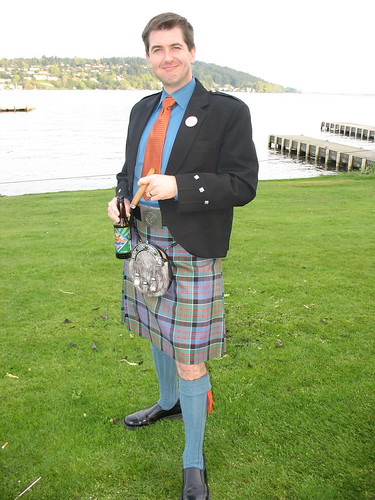


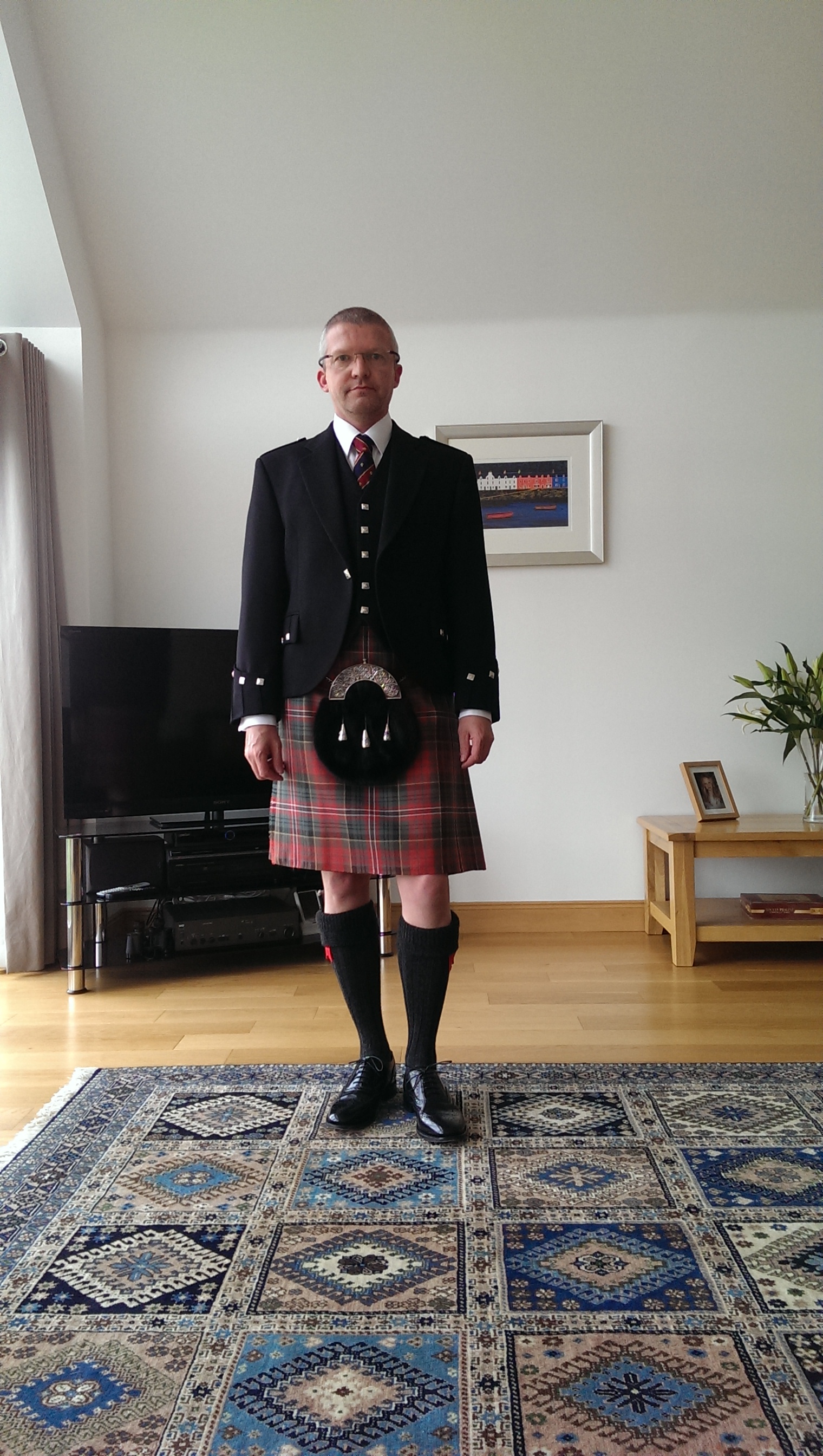
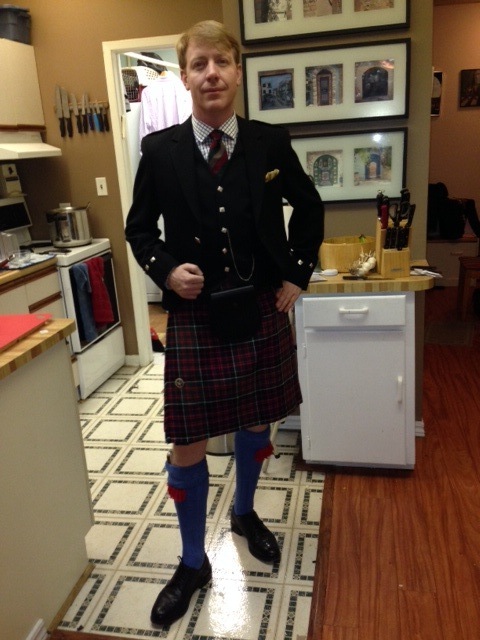

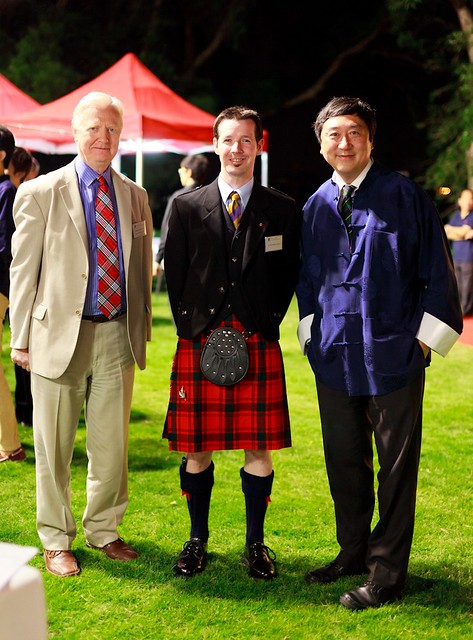
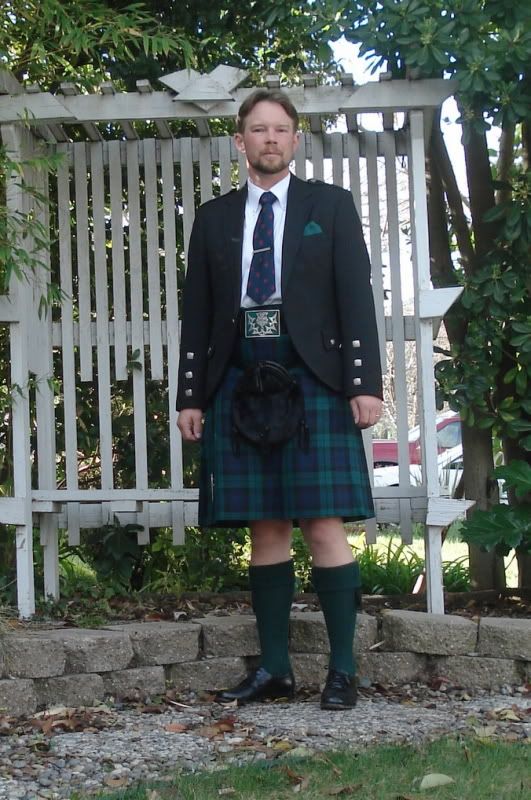
Last edited by CMcG; 27th August 14 at 11:33 AM.
- Justitia et fortitudo invincibilia sunt
- An t'arm breac dearg
-
The Following 2 Users say 'Aye' to CMcG For This Useful Post:
-
25th August 14, 08:41 PM
#8
Formal Eveningwear (aka black tie)
This is the kilted equivalent of a tuxedo/dinner jacket, but when it comes to Highland black tie attire, there is some variation in accordance with are more formal and less formal events. One can often tell how formal the event is by whether the women are wearing cocktail dresses or evening gowns. It is a general rule of thumb that accessories like buckle brogues and diced or tartan hose are better suited to the more formal end of black tie while solid coloured hose and well-polished Oxfords are better for the less formal black tie events.
Highland eveningwear doublets can be worn for some black tie occasions. The Regulation doublet is similar to a Prince Charlie coatee and serves this role very well. A Balmoral doublet can be worn open with a black bow tie for a less formal look. In this case, the waistbelt would be worn under, rather than over, the doublet. While a barathea or velvet doublet with lace jabot and cuffs may be worn at the more formal end of the black tie spectrum, like the buckle brogues and fancy hose, these are best avoided for less formal black tie occasions where a dark barathea Argyll or Prince Charlie coatee with a black bow tie are more suitable.




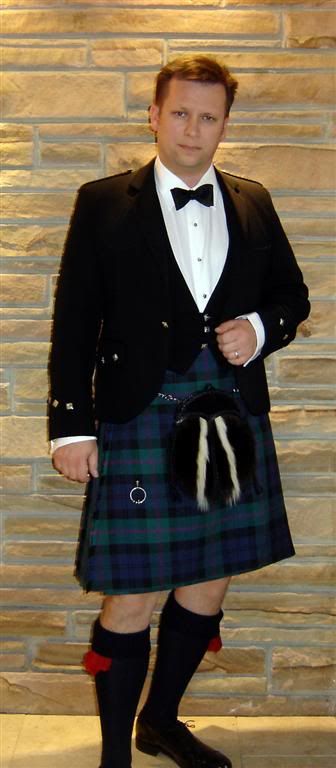
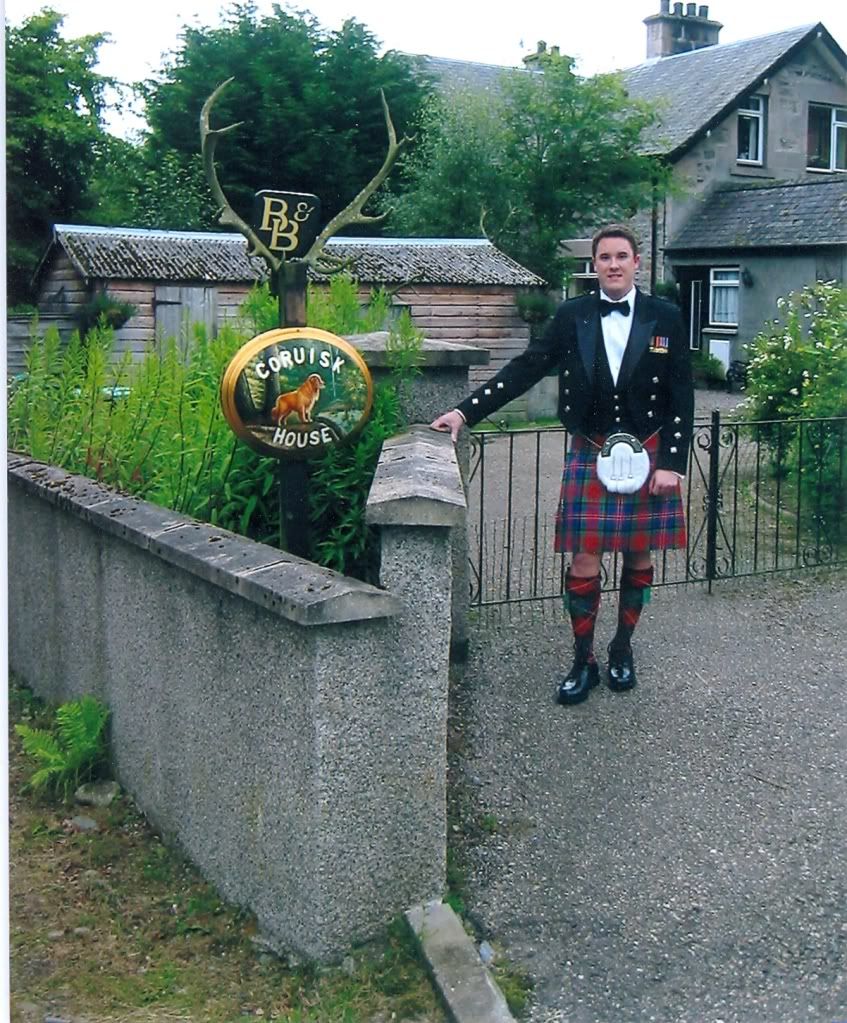
Last edited by Nathan; 25th August 14 at 08:52 PM.
Natan Easbaig Mac Dhňmhnaill, FSA Scot
Past High Commissioner, Clan Donald Canada
“Yet still the blood is strong, the heart is Highland, And we, in dreams, behold the Hebrides.” - The Canadian Boat Song.
-
The Following 2 Users say 'Aye' to Nathan For This Useful Post:
-
25th August 14, 08:42 PM
#9
Formal Eveningwear (aka black tie) part 2
- Justitia et fortitudo invincibilia sunt
- An t'arm breac dearg
-
The Following 2 Users say 'Aye' to CMcG For This Useful Post:
-
25th August 14, 08:43 PM
#10
Full Formal Eveningwear (aka white tie)
This would be appropriate for an event that called for “white tie or Highland evening attire,” and, as mentioned above, can even be worn at very formal black tie occasions. However it would not be advised to wear Highland white tie to an event that does not specifically allow for it on the invitation. Unlike with its Saxon equivalent (a tailcoat with white bow tie and white waistcoat/vest), a black bow tie is an acceptable (and to many a preferable) choice to a white bow tie when wearing full formal Highland eveningwear or “white tie” equivalent.


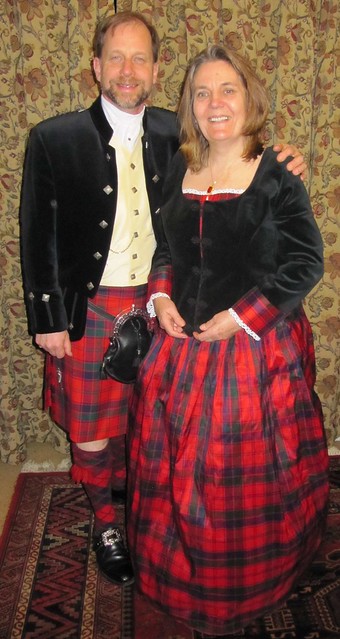

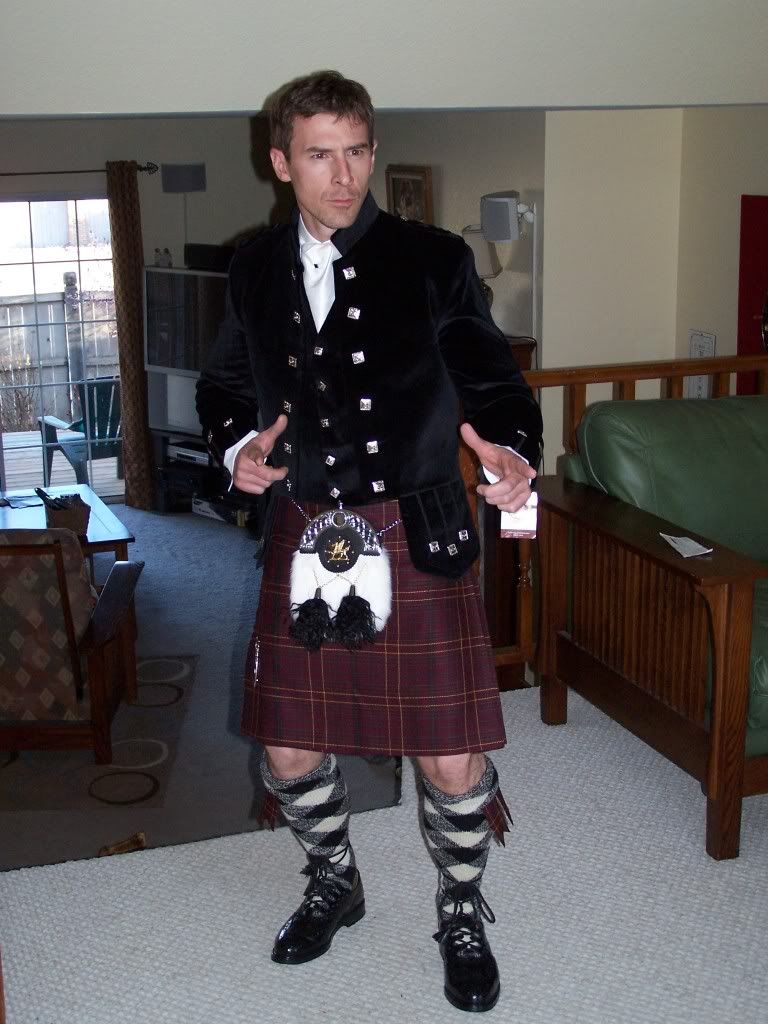

Natan Easbaig Mac Dhňmhnaill, FSA Scot
Past High Commissioner, Clan Donald Canada
“Yet still the blood is strong, the heart is Highland, And we, in dreams, behold the Hebrides.” - The Canadian Boat Song.
-
The Following 2 Users say 'Aye' to Nathan For This Useful Post:
Tags for this Thread
 Posting Permissions
Posting Permissions
- You may not post new threads
- You may not post replies
- You may not post attachments
- You may not edit your posts
-
Forum Rules
|
|










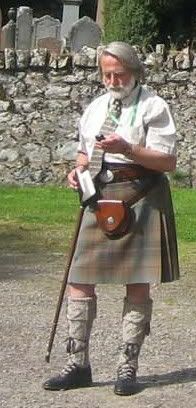
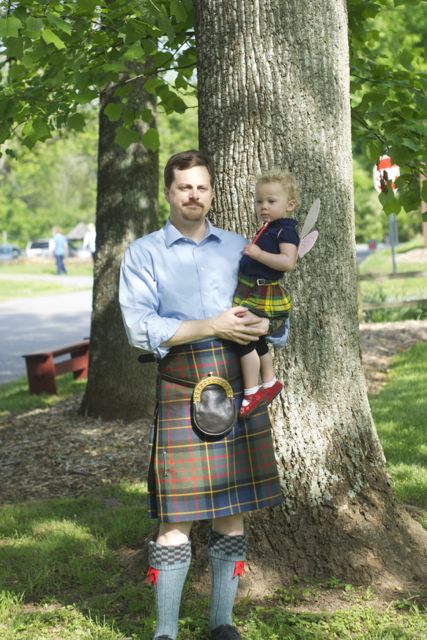


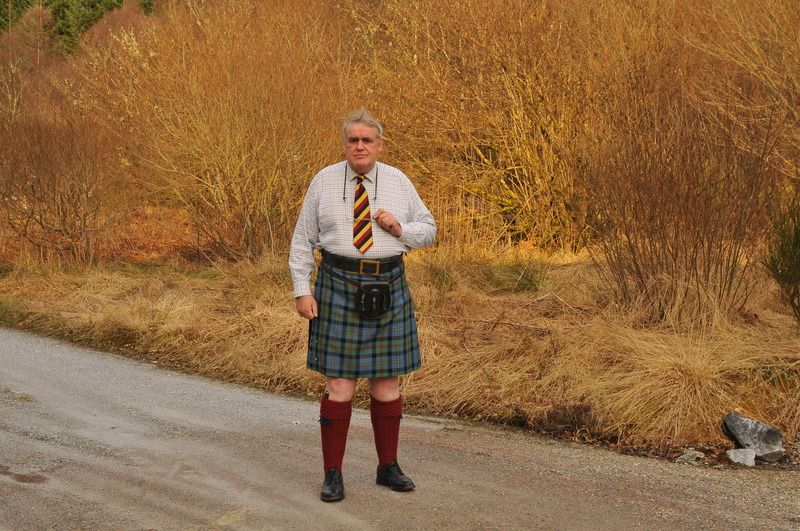

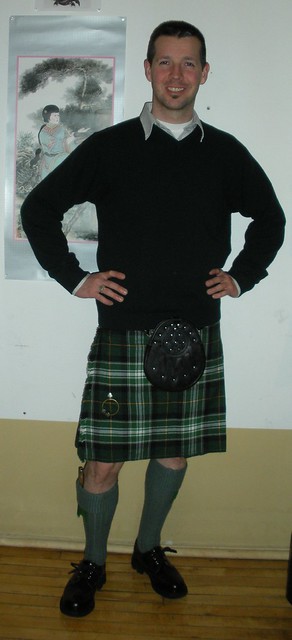
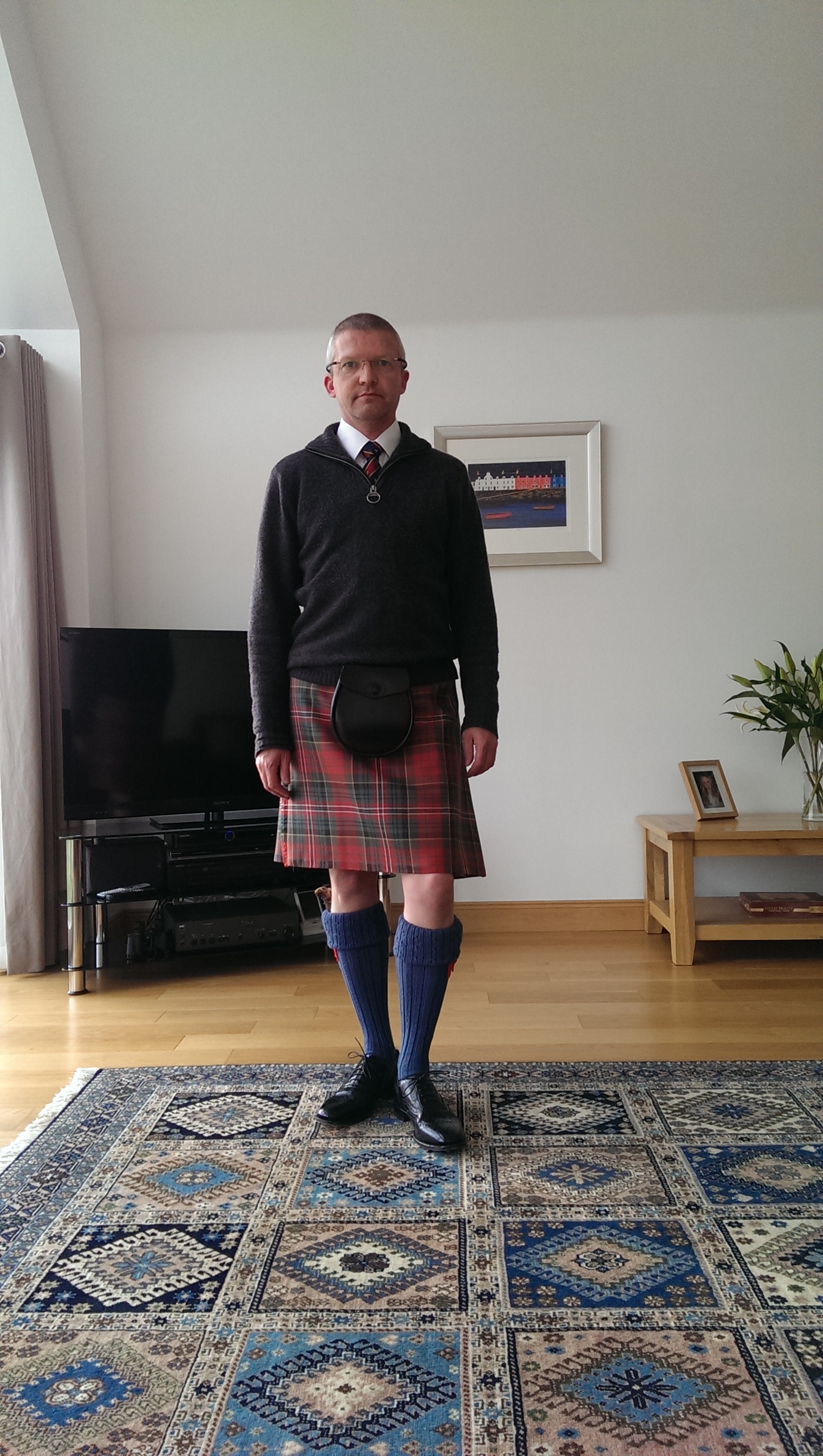

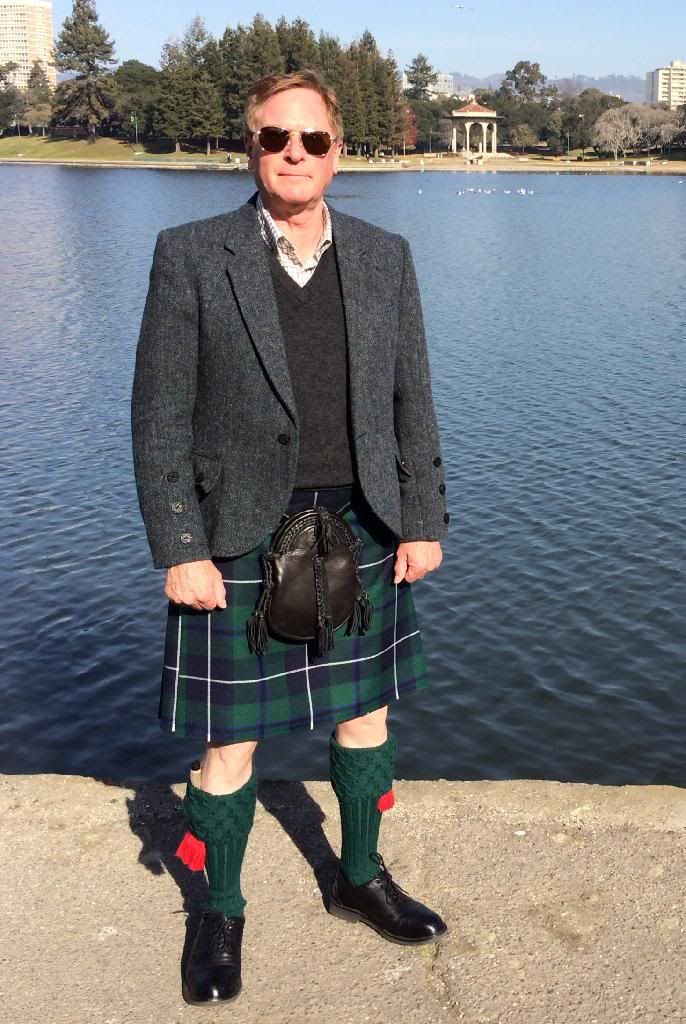
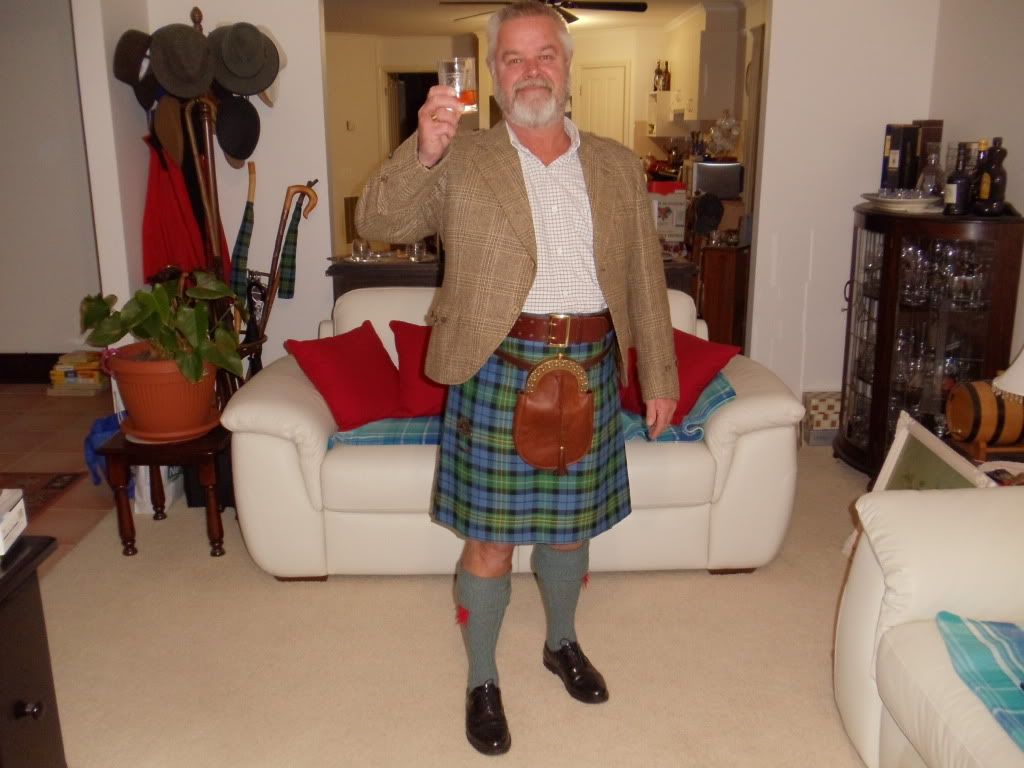
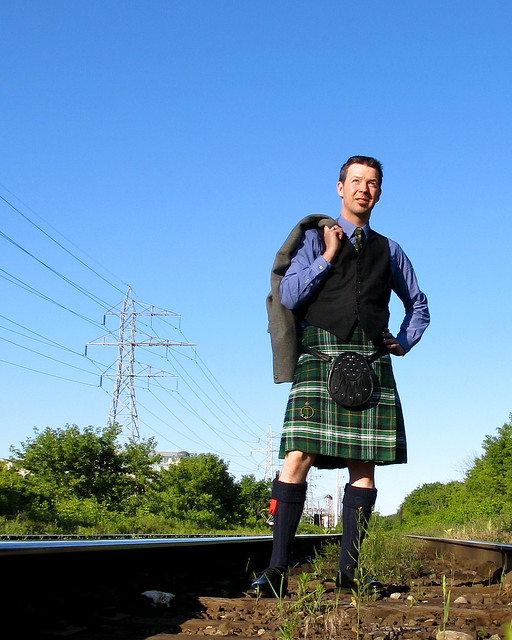

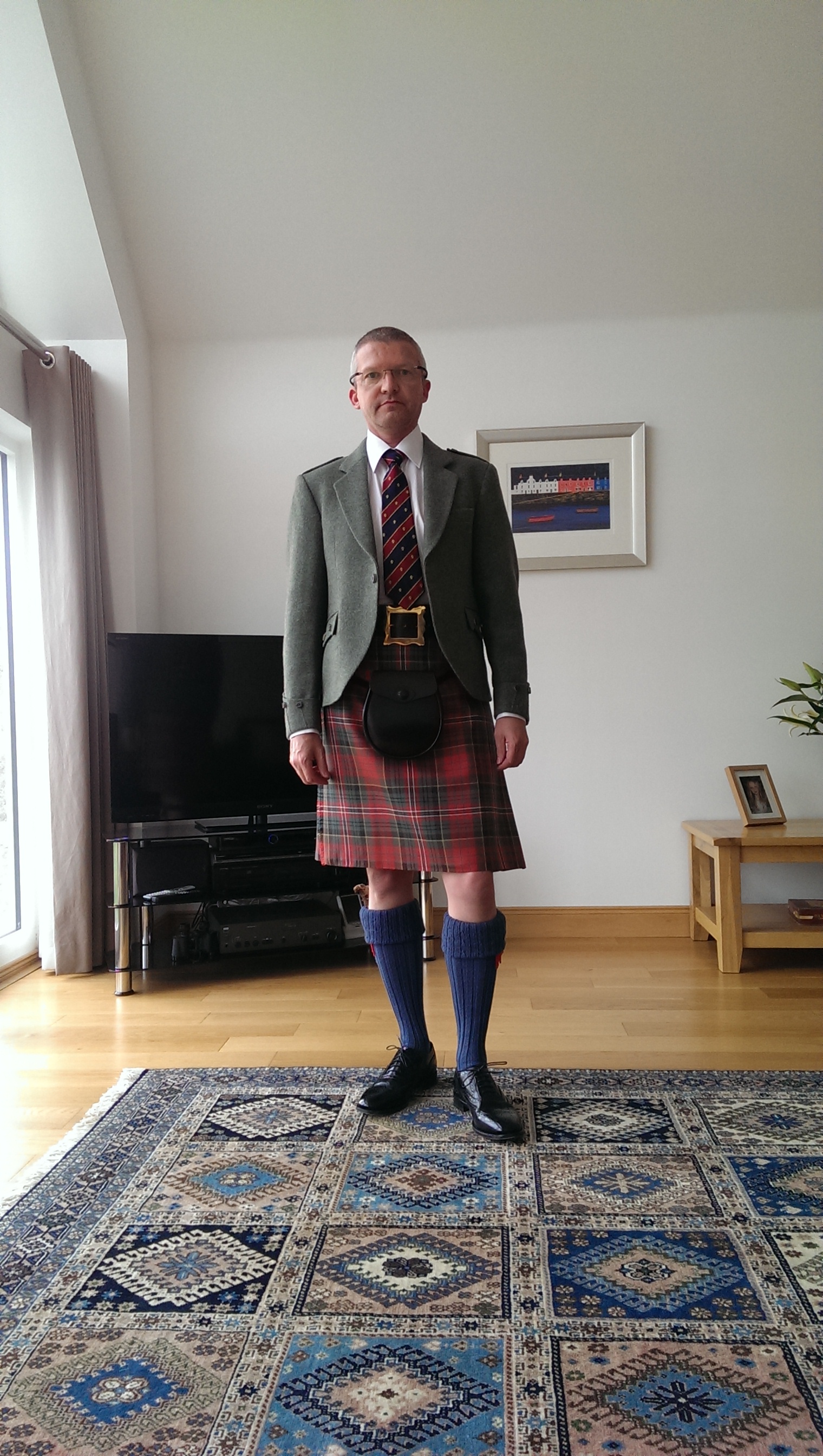
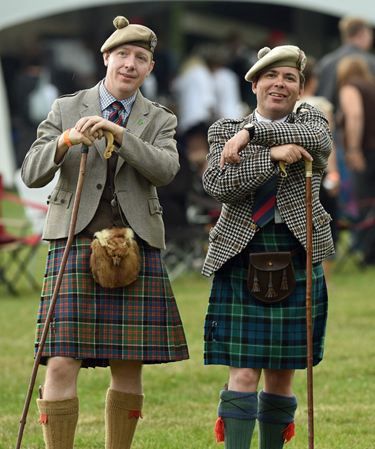
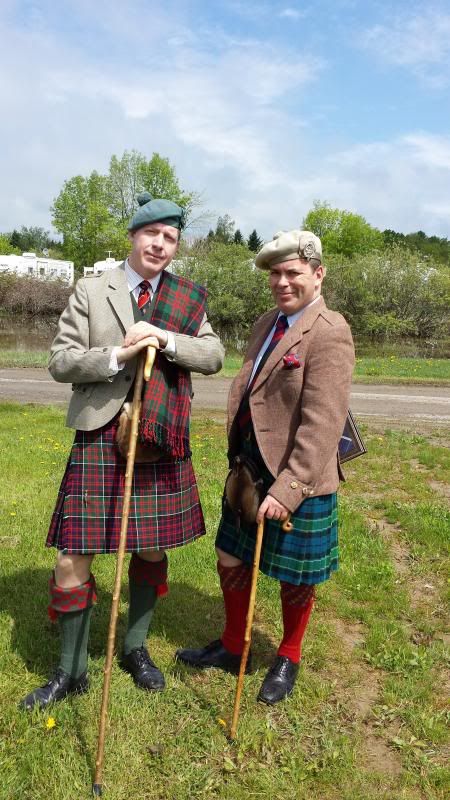



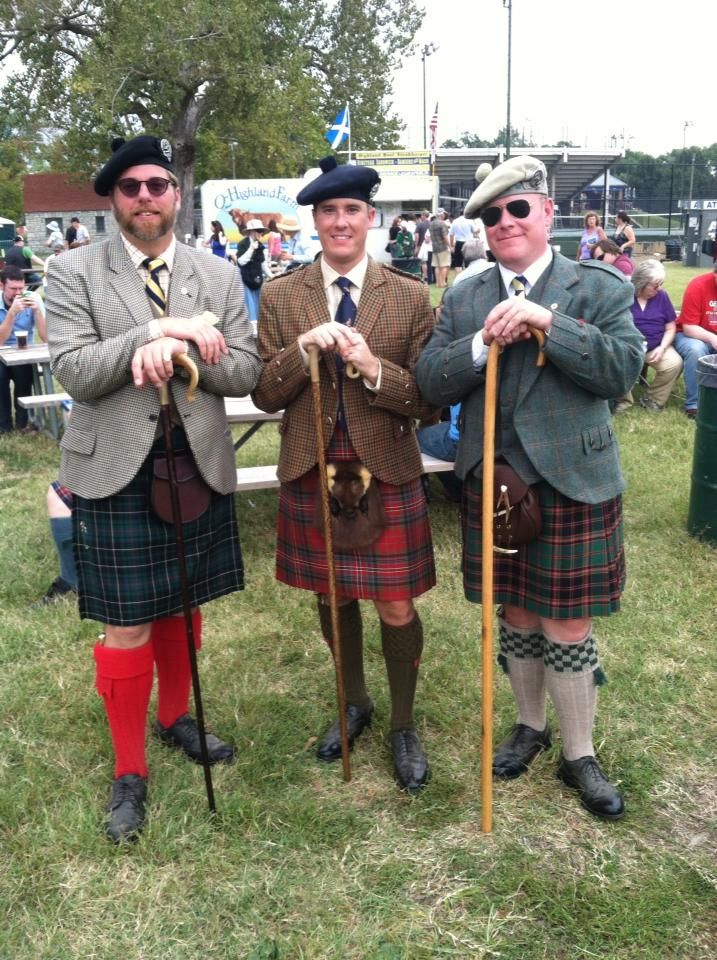
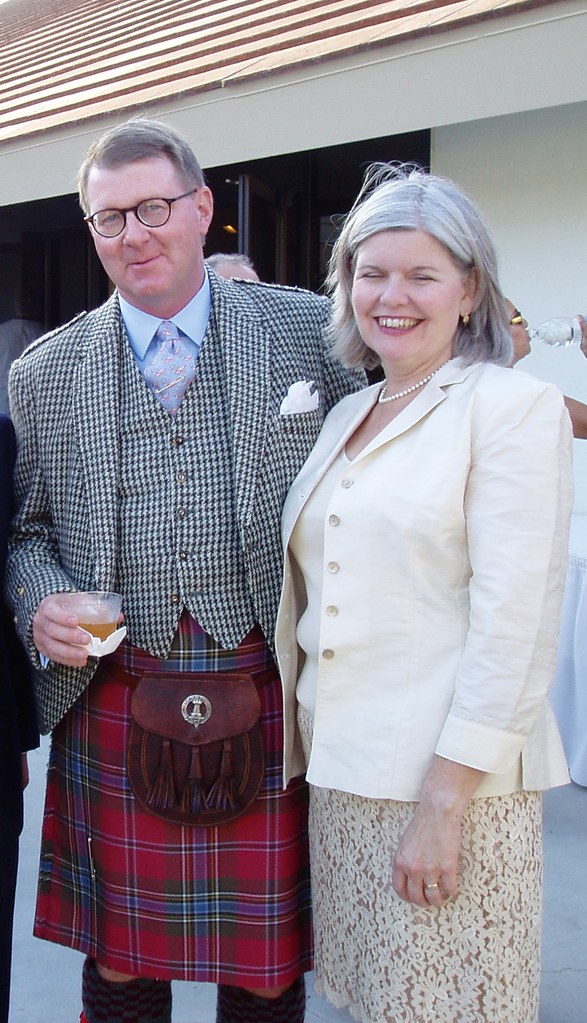
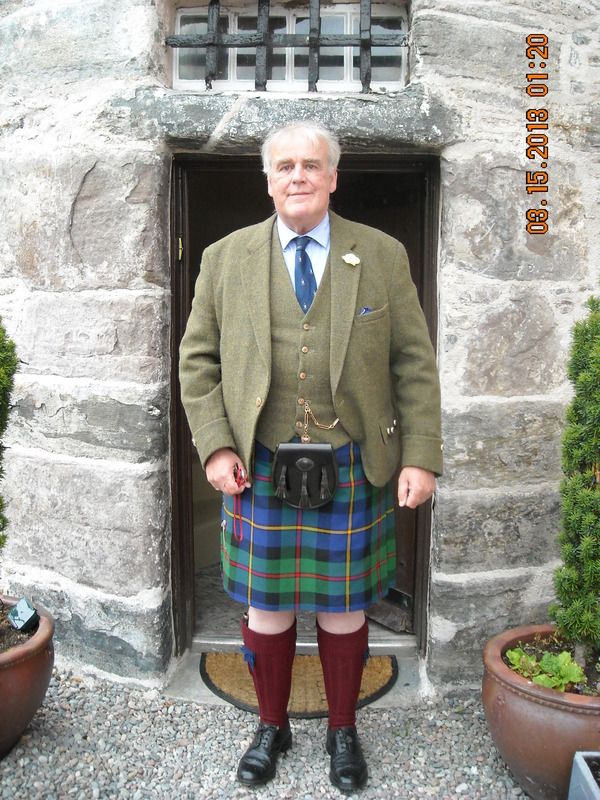

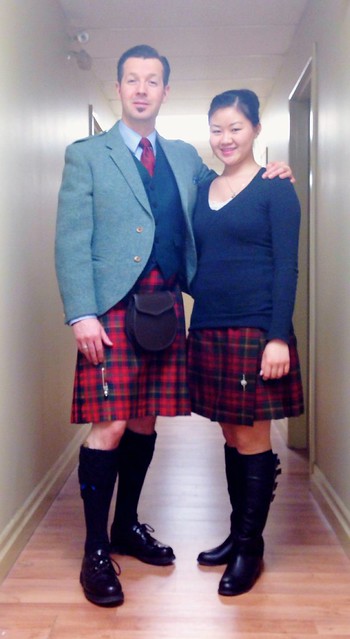
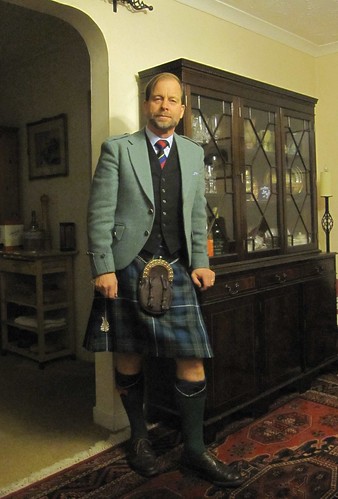
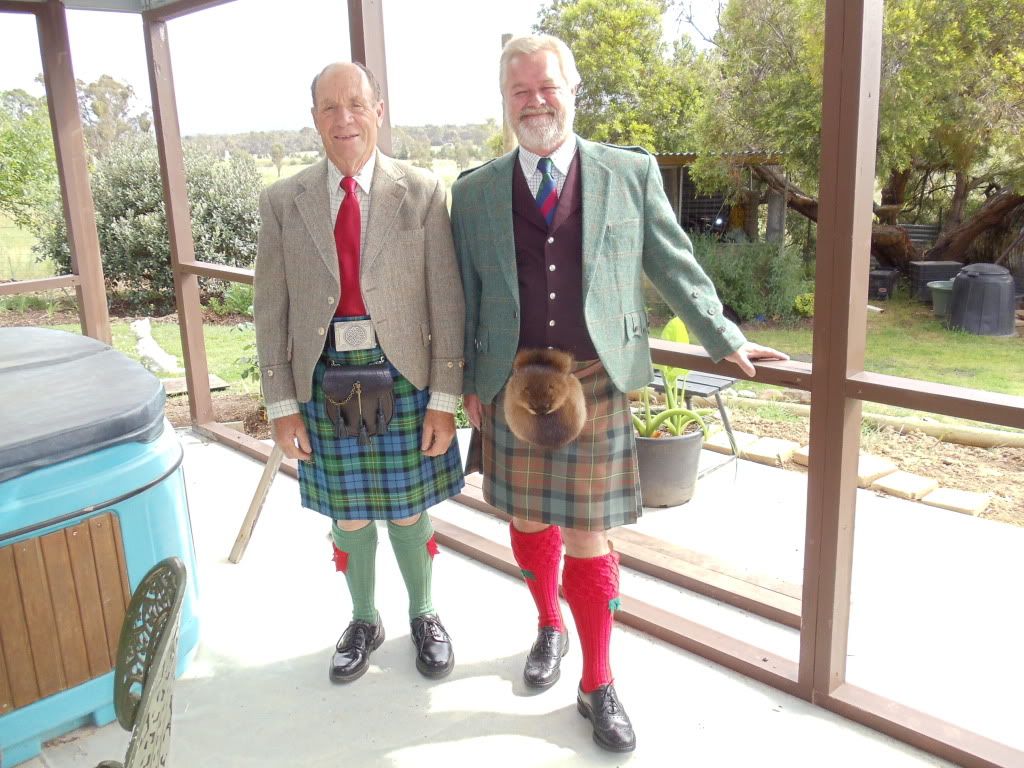

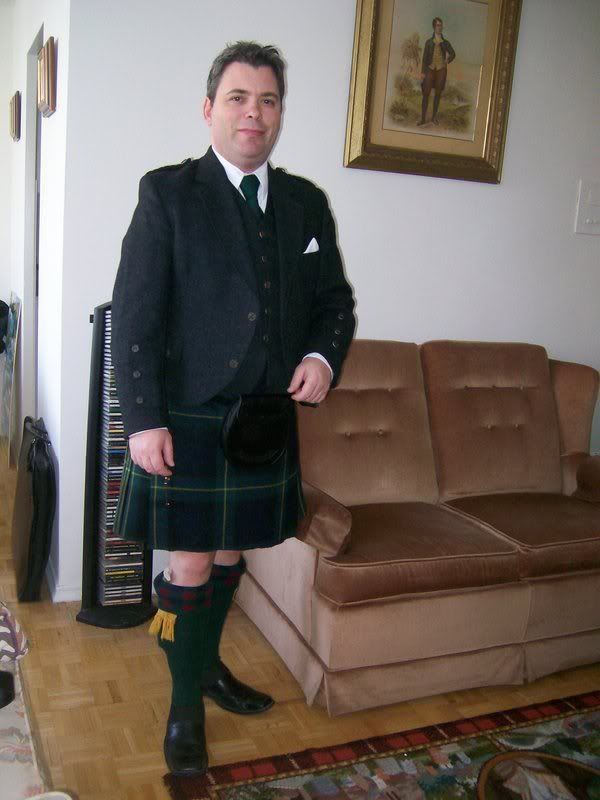

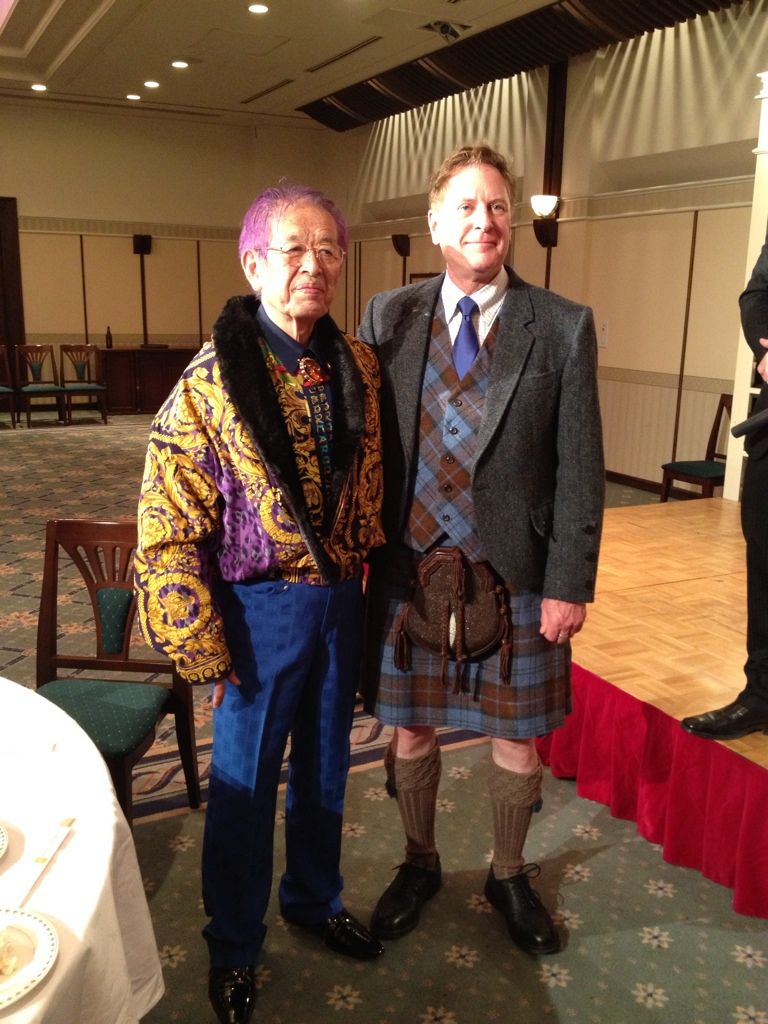
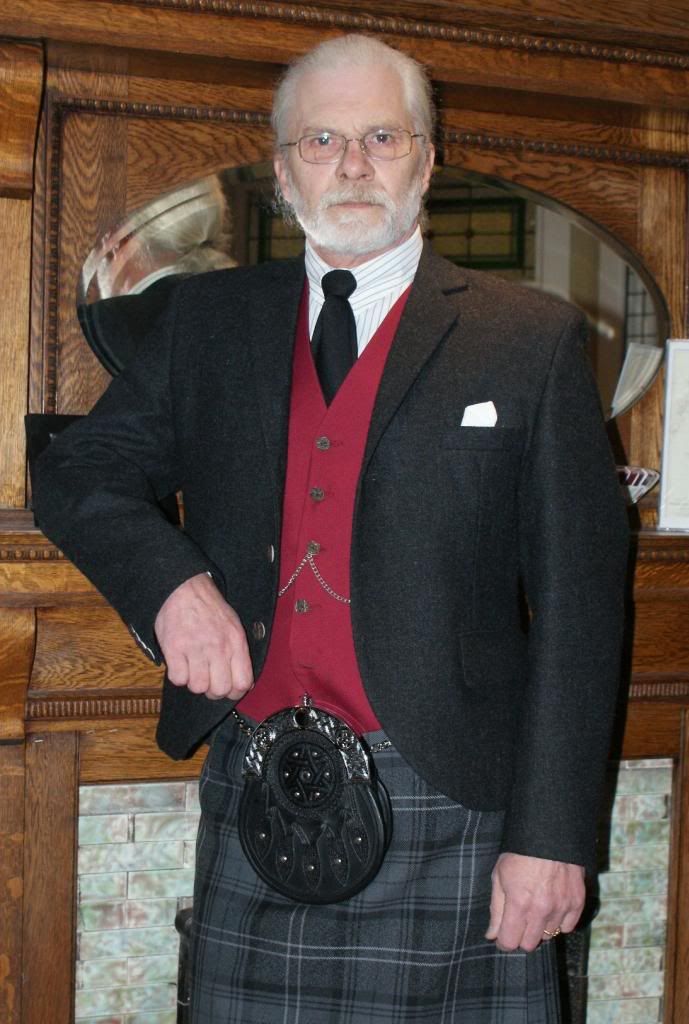














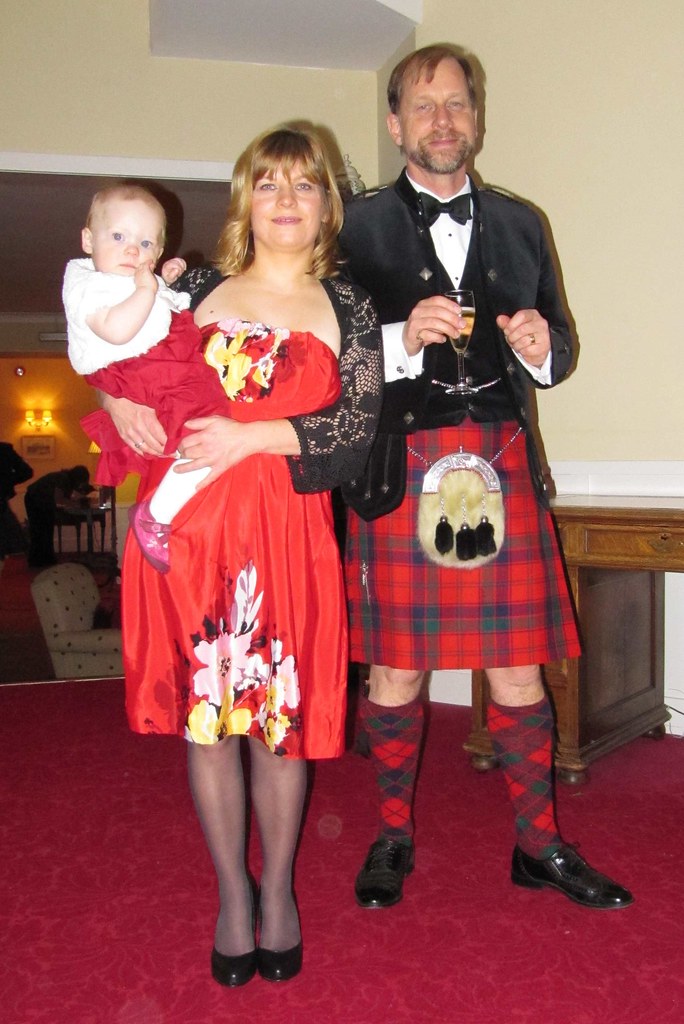
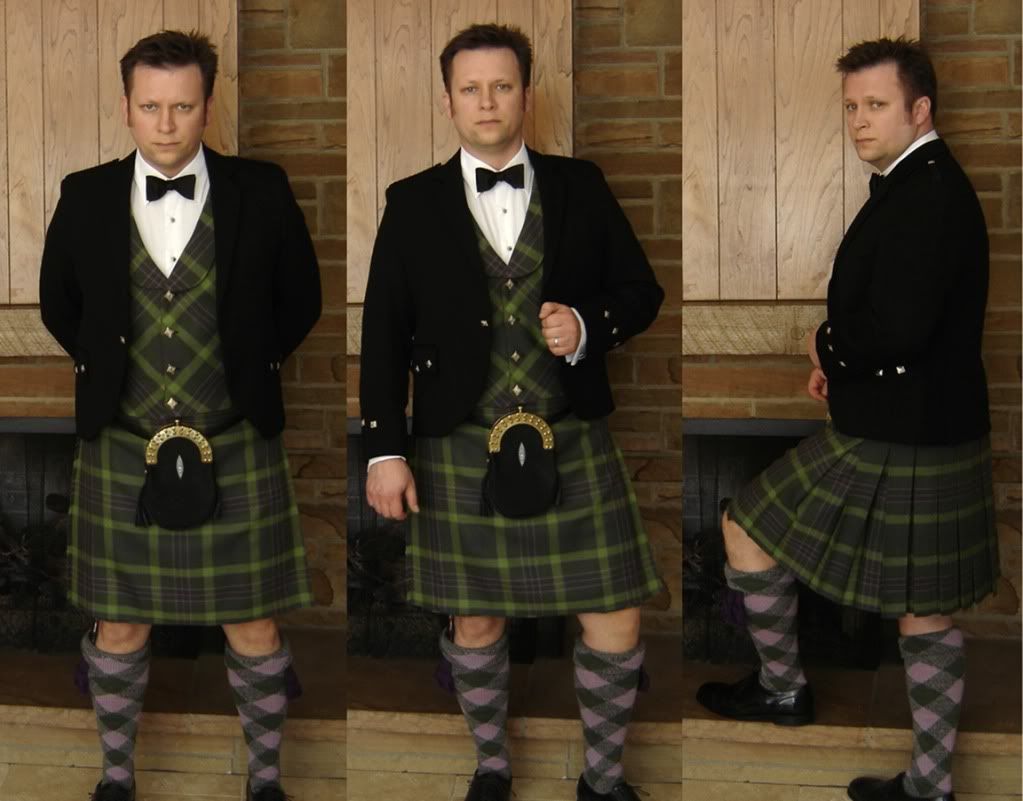
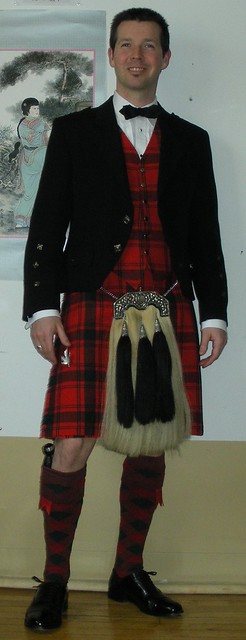

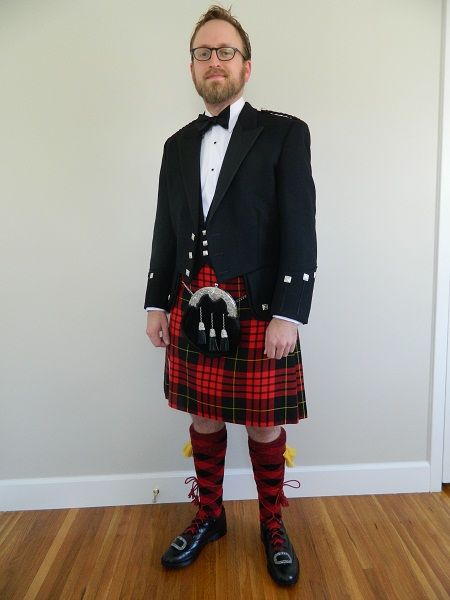
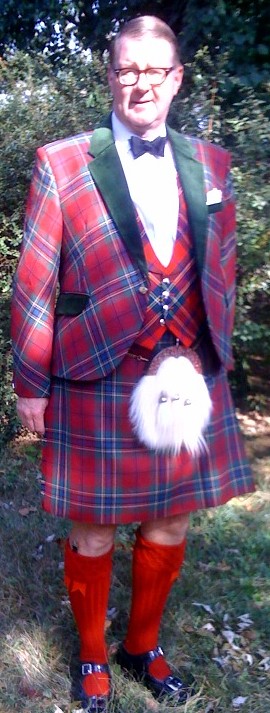










Bookmarks